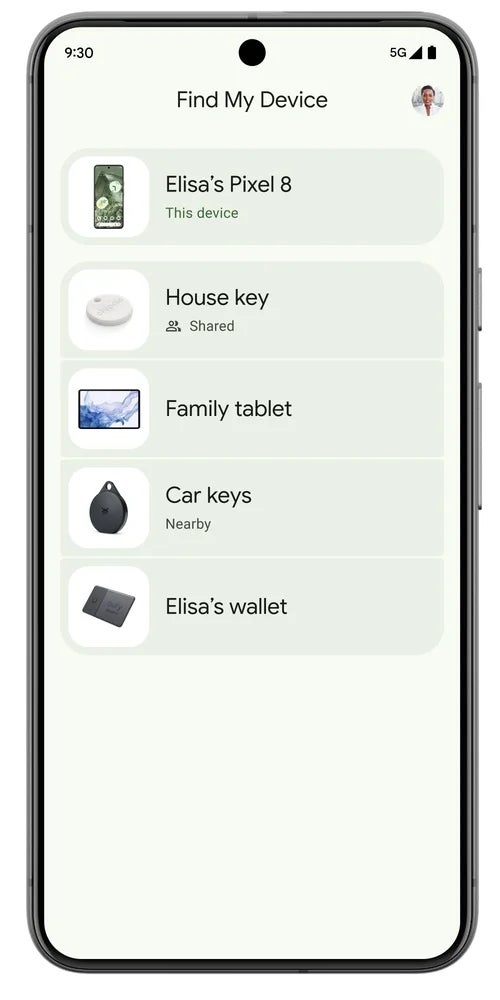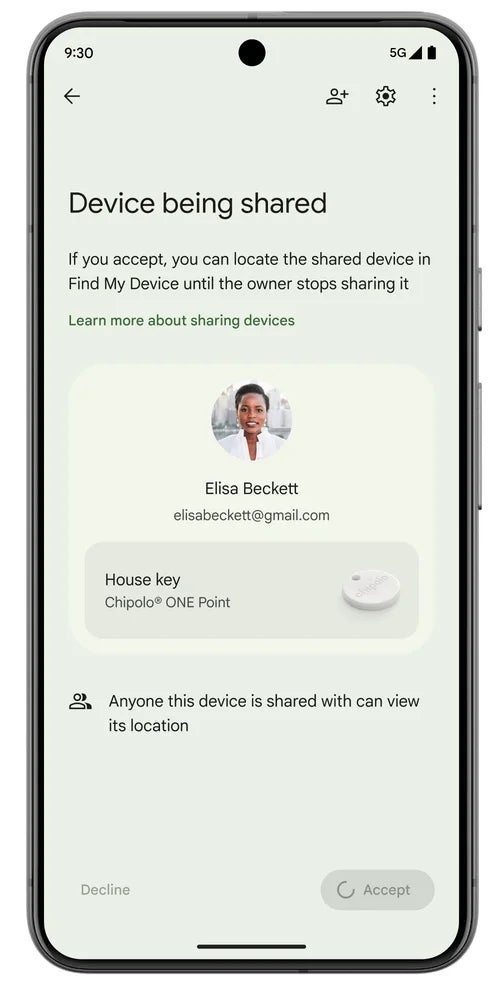Google's new "Find My Device" network goes live, third-party Bluetooth tag support coming in May

The highly anticipated Google Find My Device network is finally live in the U.S. and Canada, as announced today by the company via a blog post. Now, if you happen to misplace your phone, keys, or even your headphones, Google's got your back.
Find My Device works by using the power of the Android network — created by a billion Android devices and the magic of Bluetooth. When enabled, your device will be anonymously and securely tracked by other Android devices that are nearby. This means that if you lose your phone, you can use another device to log in to your Find My Device account and see its location on a map. Here's a quick rundown of the new features:
- Offline Finding: The Pixel 8 and Pixel 8 Pro get the full offline experience, so now you can find them even if they're offline or the battery's dead.
- Bluetooth Tag Support: Starting in May, tags from companies like Chipolo and Pebblebee will be trackable within Google's system, with more brand support coming soon.
- Locate Nearby Items: Zero-in on lost devices with a "Find Nearby" button. Perfect when your phone's fallen behind the couch.
- Nest Integration: Get an idea of how close lost devices are to your Nest devices at home.
- Sharing Made Easy: Share digital keys, remotes, and more with people you trust to help find lost items.
- Headphone Support: Headphones from JBL, Sony, and others will soon work with the network after a simple software update.
Image Credit: Google
Google's built a crowdsourced network using a ton of Android devices worldwide. This upgraded Find My Device Network works on devices running Android 9 or later. So, if you've got a relatively recent Android phone, you should be good to go.
In the announcement, Google reiterated the fact that your own Android phone helps out the Find My Device network in the background without compromising your privacy. Google states that the network uses end-to-end encryption of your location data and first-of-its-kind aggregated location reporting, which makes unwanted tracking to a private location more difficult. This was the challenge the company was working on along with Apple before officially launching the service after unveiling it last year. With iOS 17.5 implementing these anti-stalking security measures and Google's updated Find My Device network launching with these protections as well, both companies are now working together to keep smartphone enthusiasts secure.















Things that are NOT allowed: